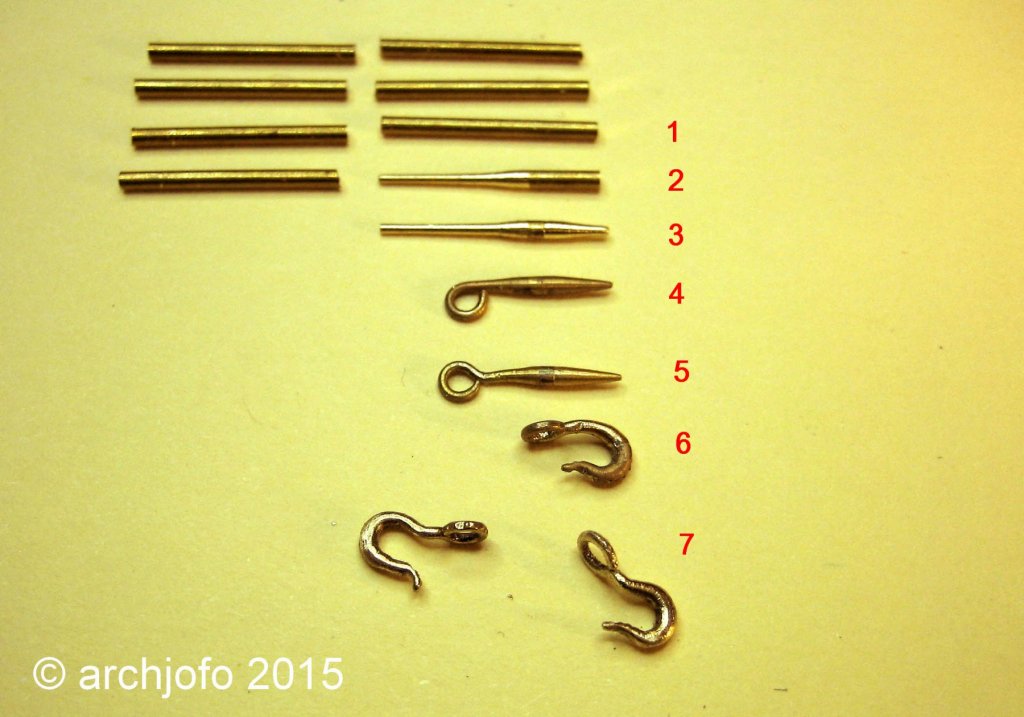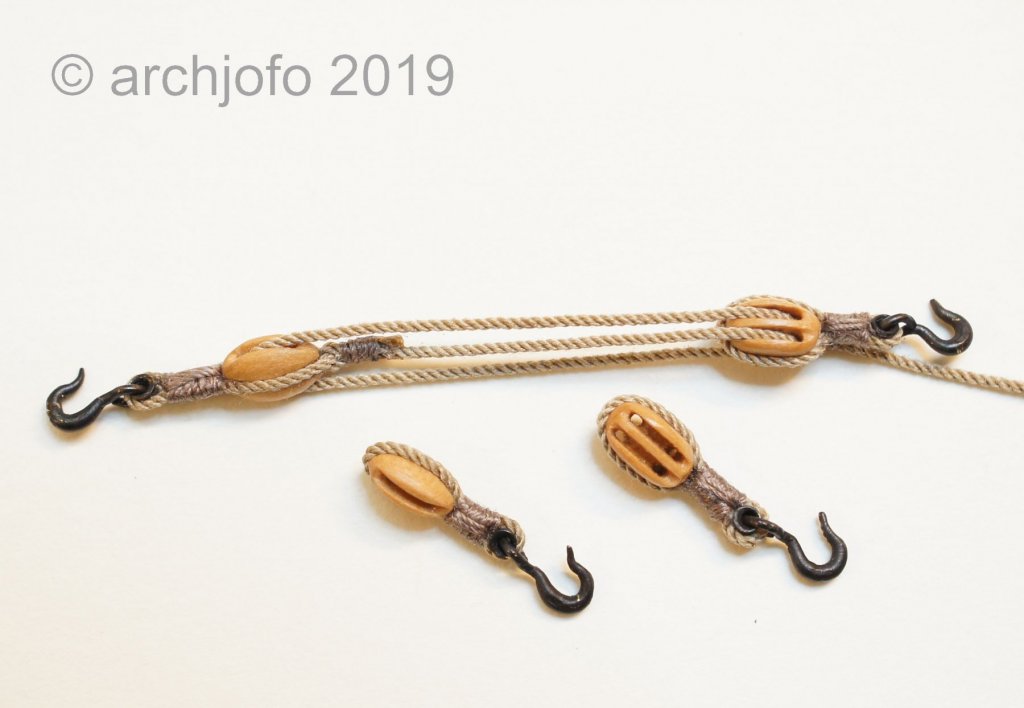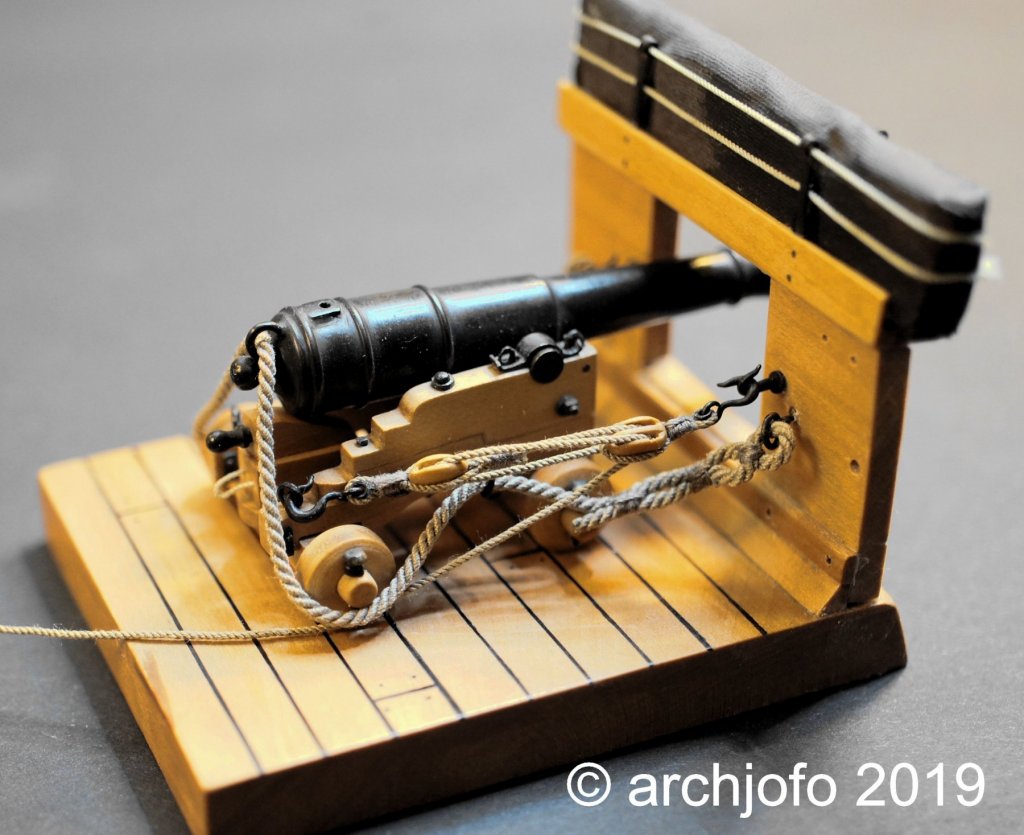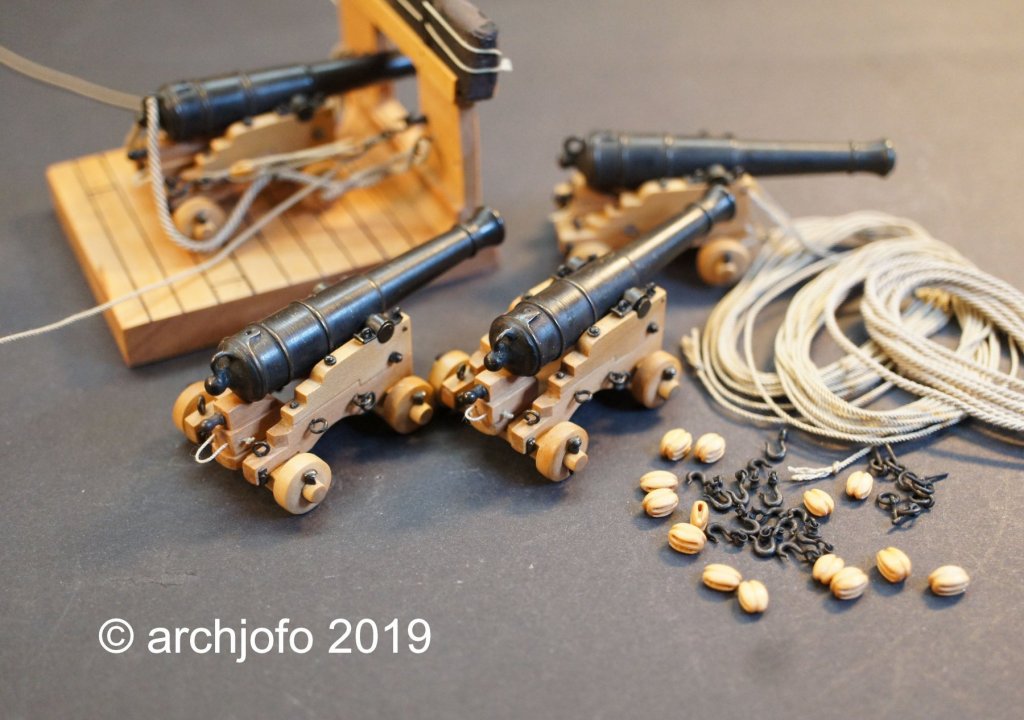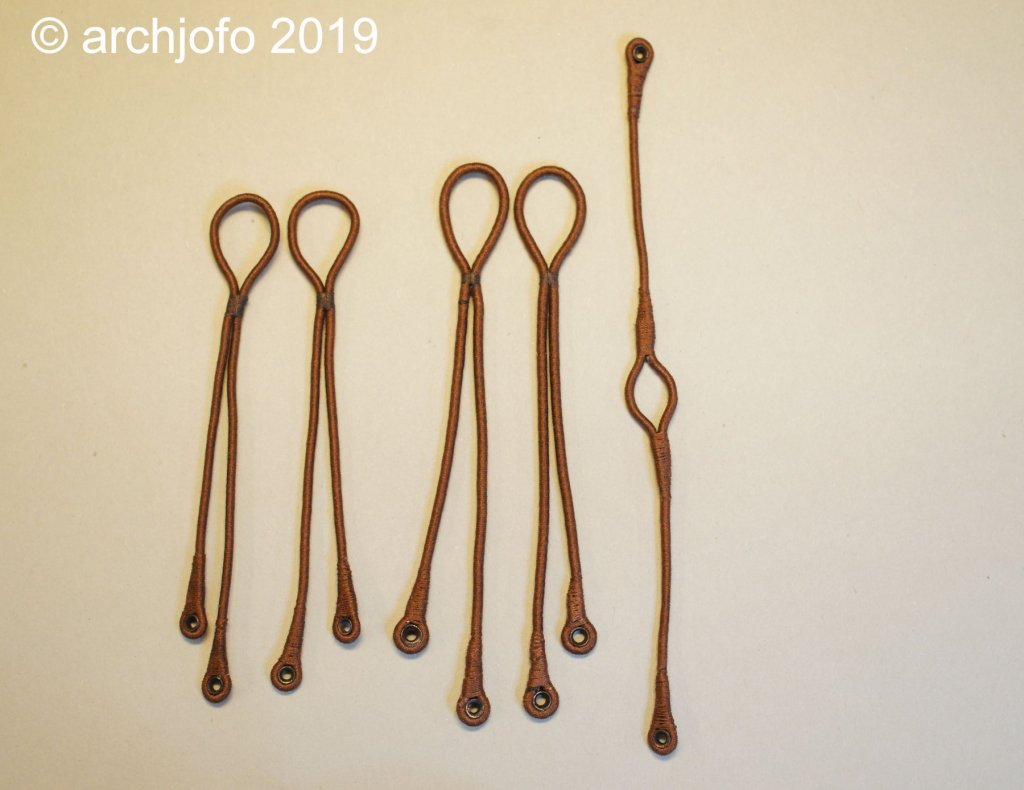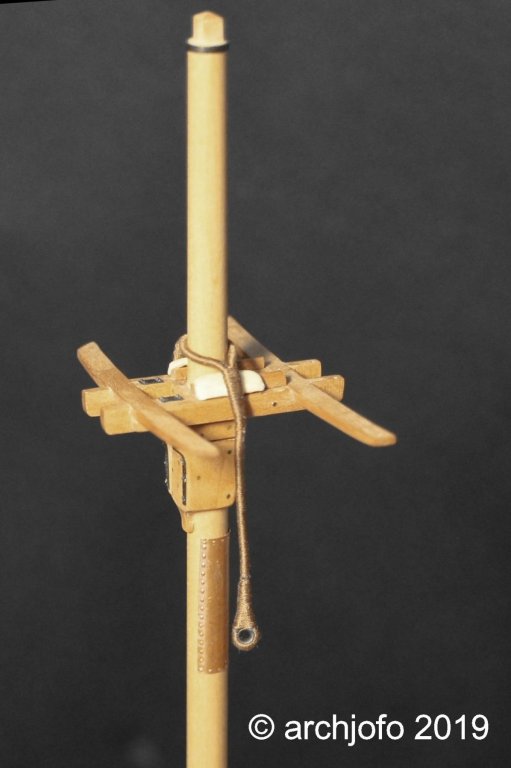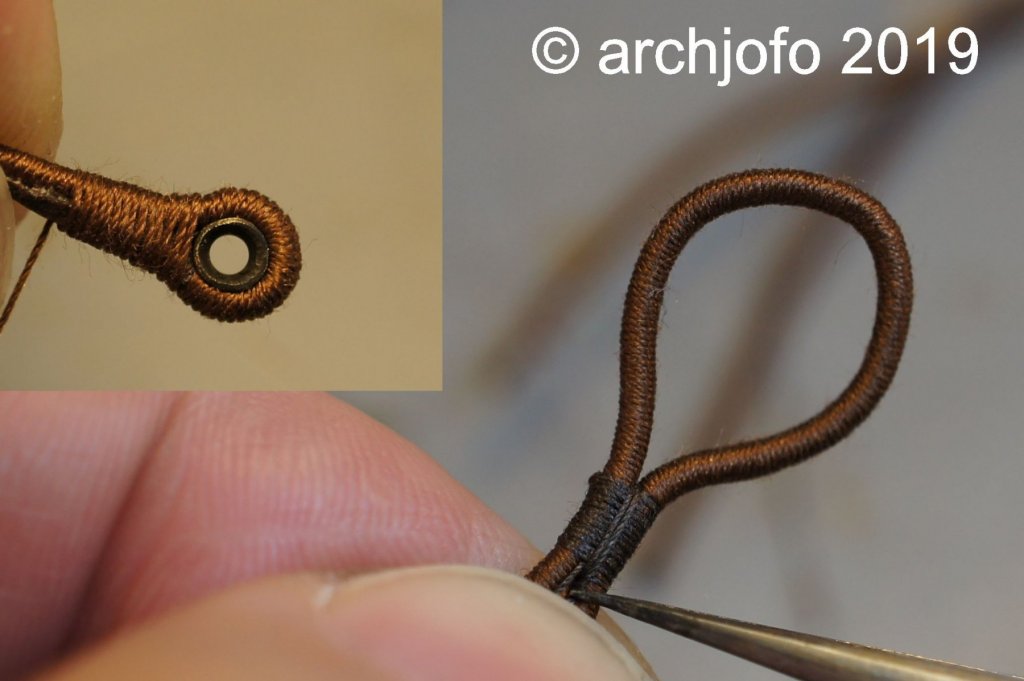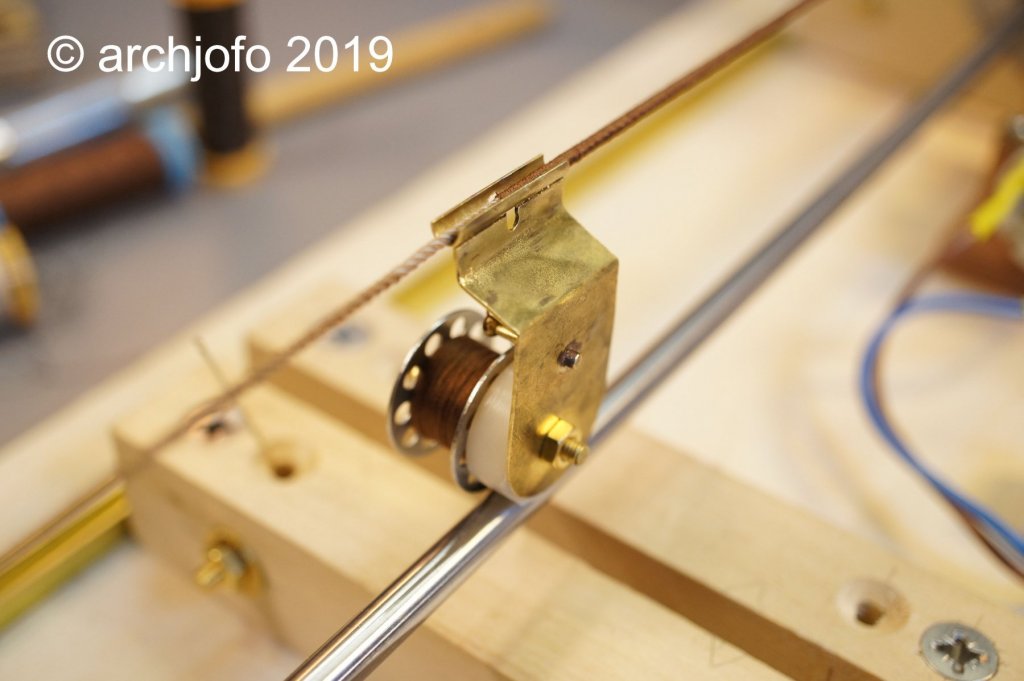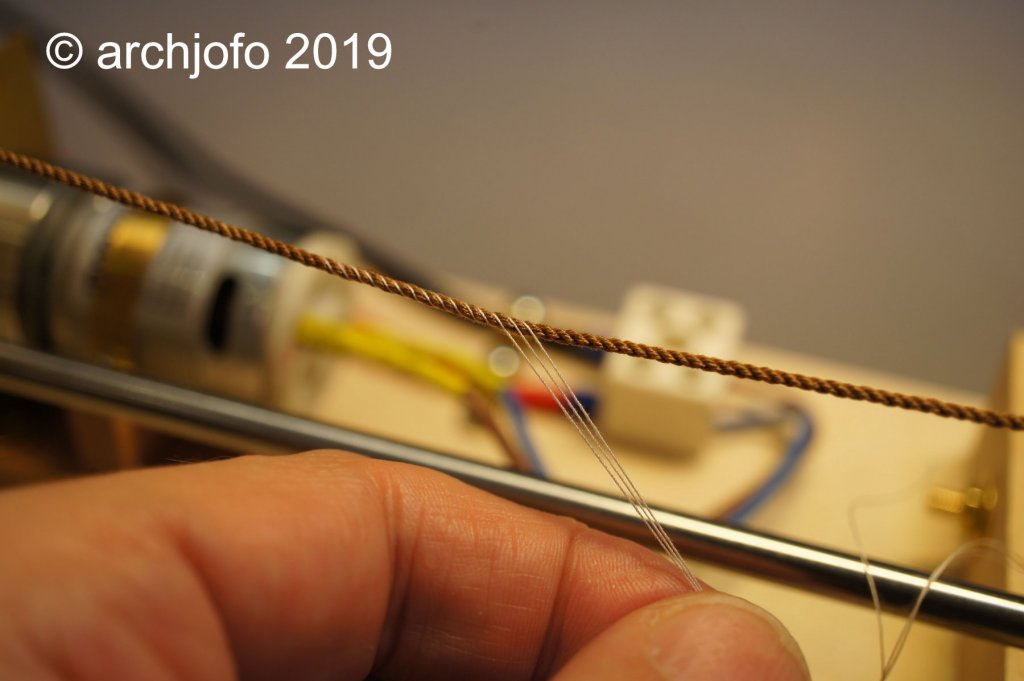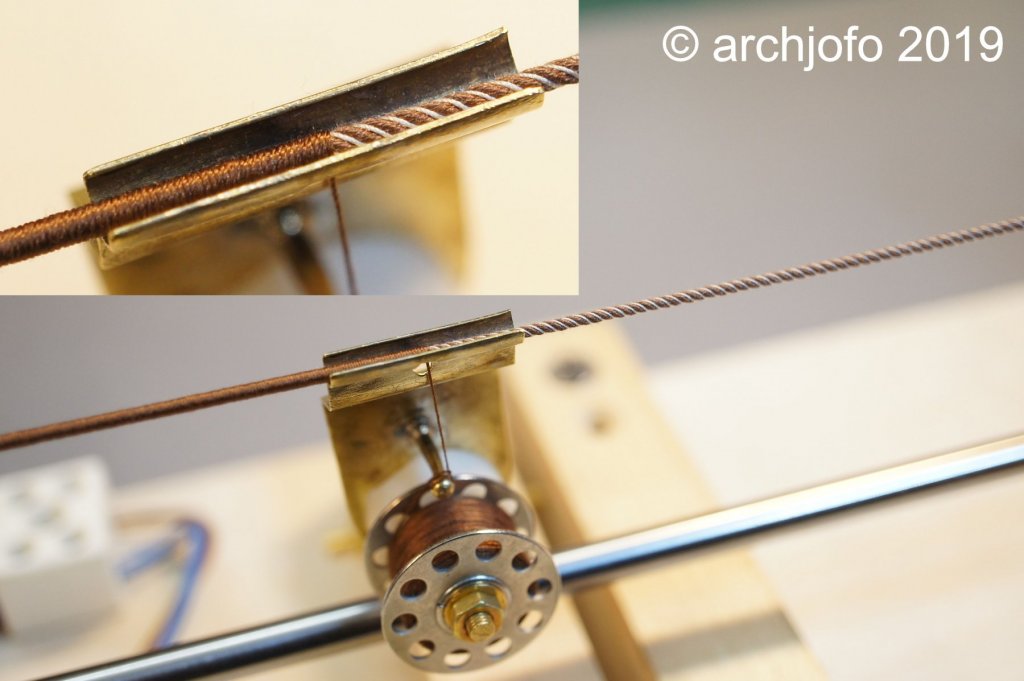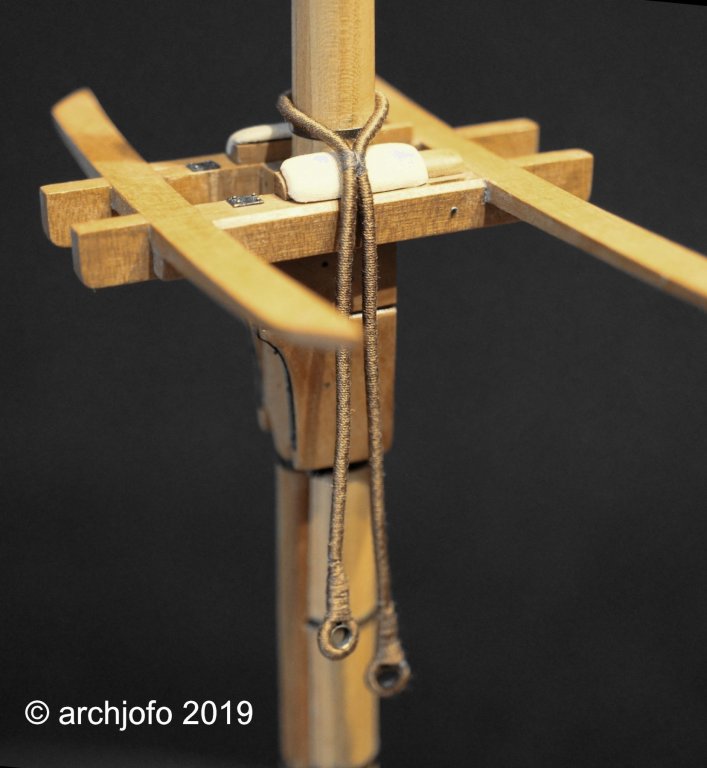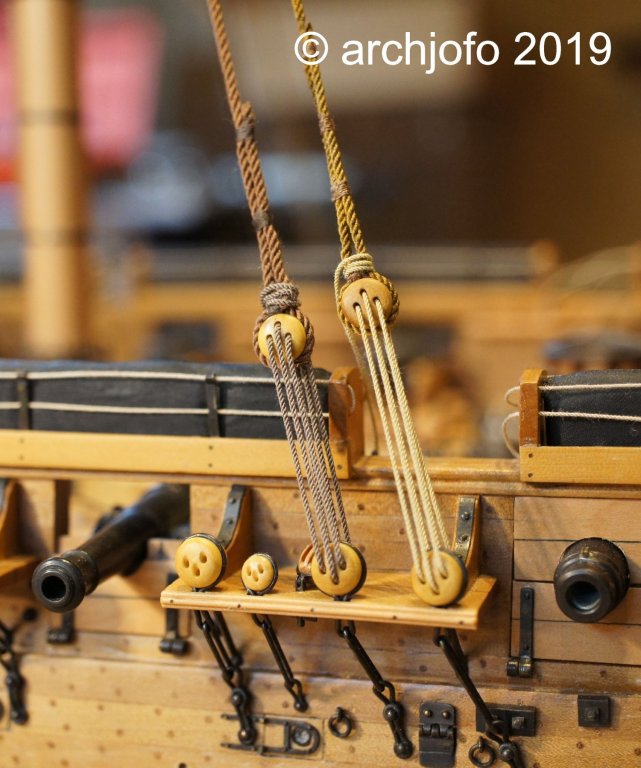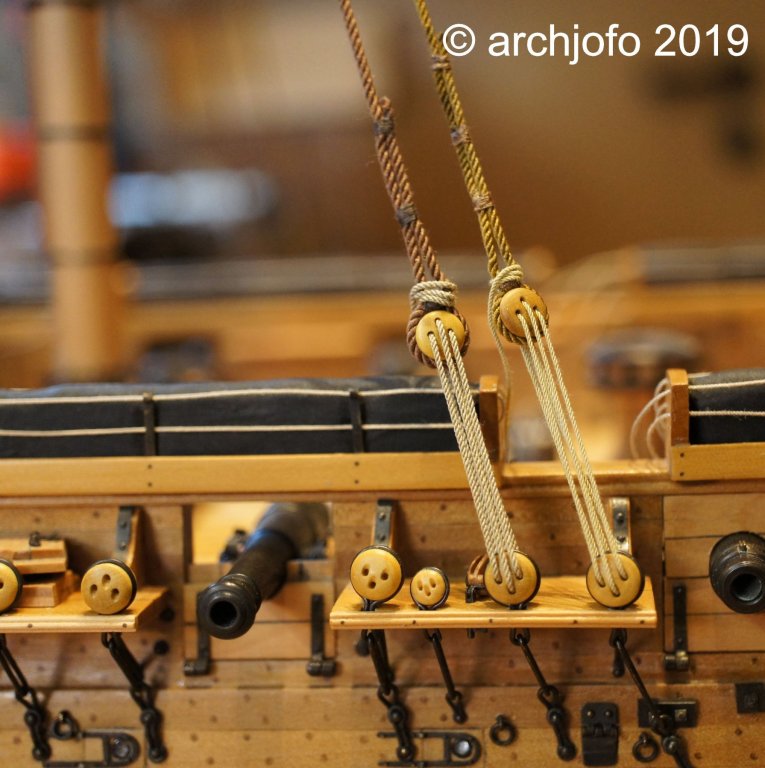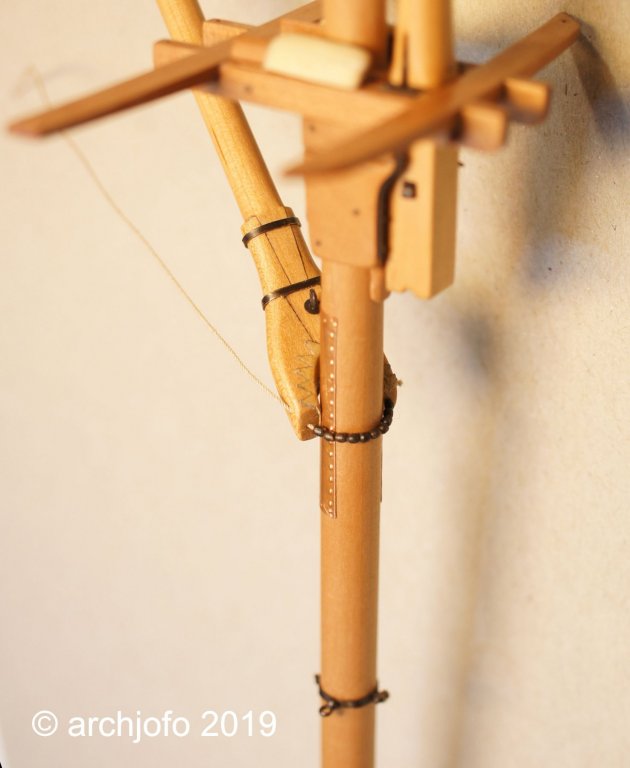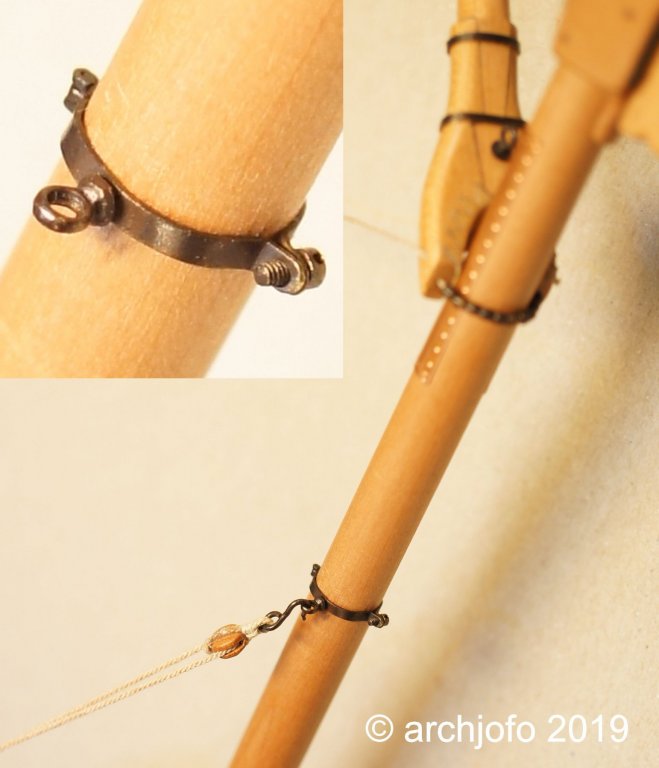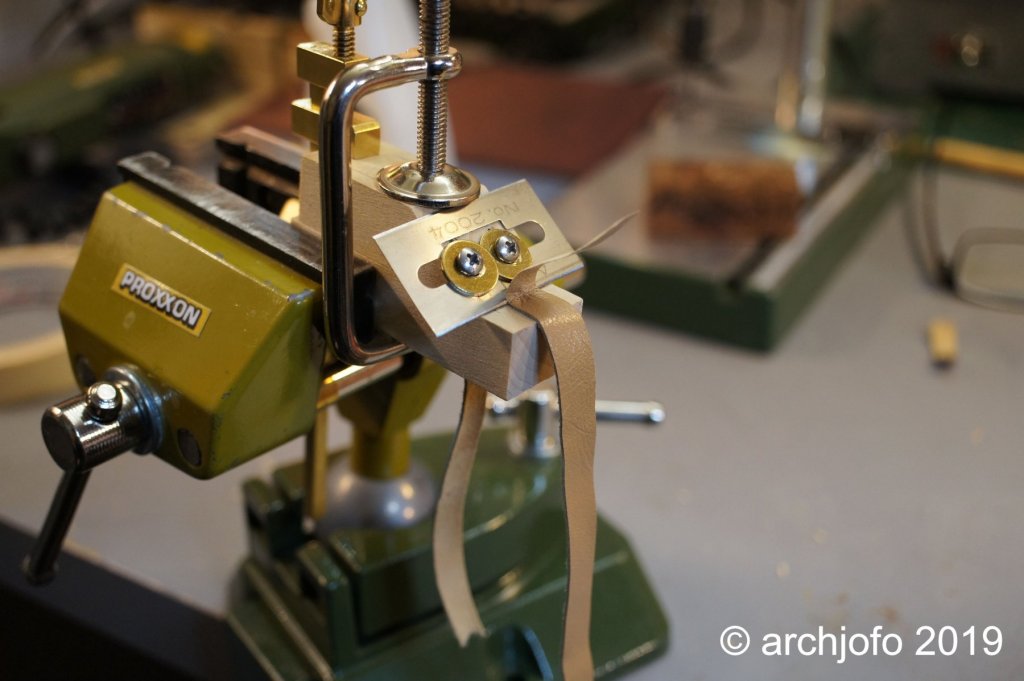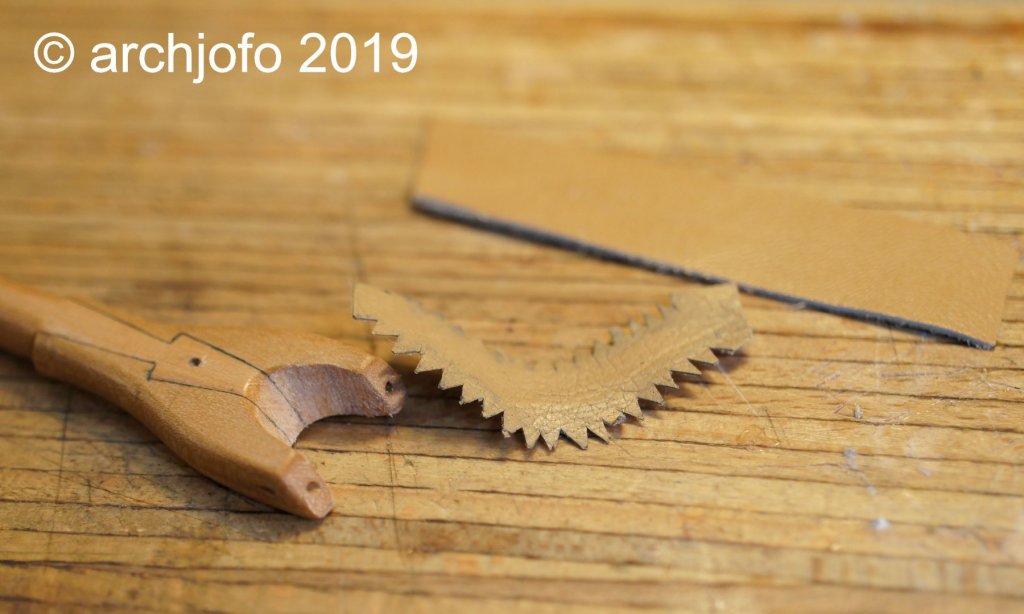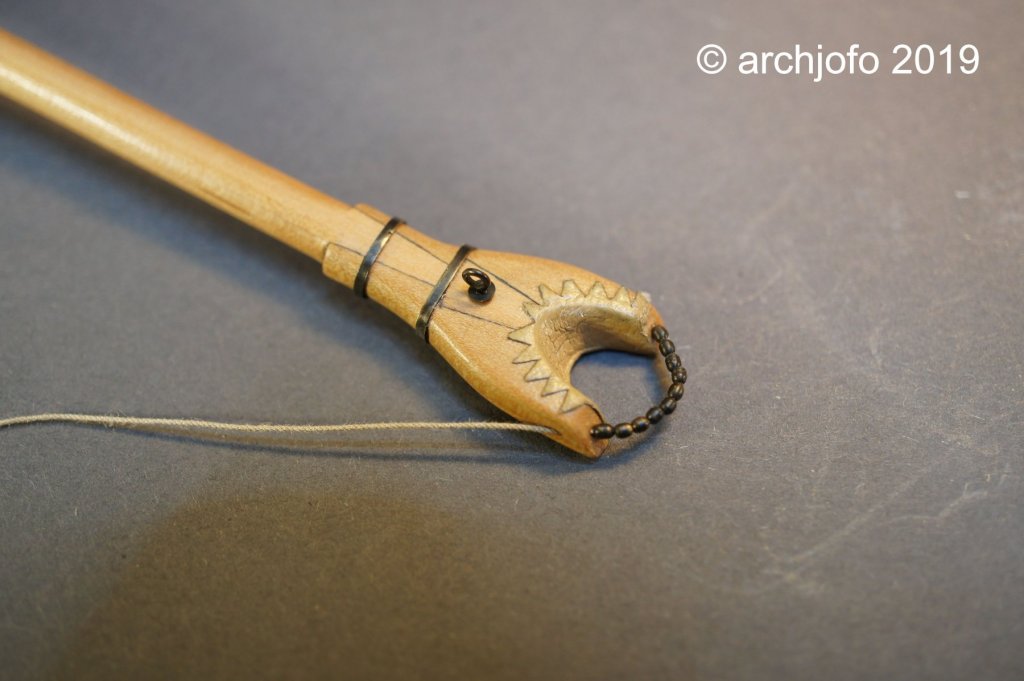-
Posts
1,495 -
Joined
-
Last visited
Content Type
Profiles
Forums
Gallery
Events
Everything posted by archjofo
-
Gerald, that's model construction at the highest level. It is an honor that you let us participate.
- 281 replies
-
- falls of clyde
- tanker
-
(and 2 more)
Tagged with:
-
@luc Hi Luc, sorry, only today I come to answer your questions: The etched parts I have made here: LINK But I have previously drawn an etching template. Unfortunately I do not have a tutorial. First of all, I made four original brass parts for the brass castings. I sent these prototypes to a jewelery foundry, which then made molds and then casts. I hope that I have explained it understandably. I am happy to answer further questions.
-
@Forlani daniel Hello Daniel, your crafting skills are simply admirable. An absolutely clean and flawless execution of the woodwork.
-
@michael mott Hello Micheal, today I took a picture of the spool traveler. This runs on the lower axis. I hope that your question has been answered. @Dziadeczek Hello Dziadeczek, in fact, the spool traveler rests on the axis. In the following picture you can see how I worming the rope. This works very well with the serving machine.
-

HMS VICTORY 1765 by albert - 1/48
archjofo replied to albert's topic in - Build logs for subjects built 1751 - 1800
Hello Albert, it is admirable with what patience you make this framework. With the meticulousness of how you do that, it will be an absolute top model ship. -
Hello Michael, Paul, @deadbrotherbear, and @aviaamator, thank you for your interest and the nice comment. Also thanks to all for the LIKES. Here is a little update: I had completely forgotten the coppering of the mizzen mast in the upper area as protection for the jaw of the gaff. I remembered how I made the leather for the gaff. Another detail for the mizzen mast is a fitting for the topping lifts of the davits.
-
Hello, thin leather about 0.15 - 0.2 mm is not available. So you have to make thin leather even thinner. For this I have built a primitive device, as can be seen in the following picture. For example, the bobstays are served with leather. The thin leather, about 0.2 mm thick, can easily be glued around a rope after splitting, as shown in the next picture. The jaw of the gaff was lined on the inside with leather.
-
Hello Doris, the letters for the nameplate look fantastic again. Simply admirably beautiful!
- 1,035 replies
-
- royal katherine
- ship of the line
-
(and 1 more)
Tagged with:
About us
Modelshipworld - Advancing Ship Modeling through Research
SSL Secured
Your security is important for us so this Website is SSL-Secured
NRG Mailing Address
Nautical Research Guild
237 South Lincoln Street
Westmont IL, 60559-1917
Model Ship World ® and the MSW logo are Registered Trademarks, and belong to the Nautical Research Guild (United States Patent and Trademark Office: No. 6,929,264 & No. 6,929,274, registered Dec. 20, 2022)
Helpful Links
About the NRG
If you enjoy building ship models that are historically accurate as well as beautiful, then The Nautical Research Guild (NRG) is just right for you.
The Guild is a non-profit educational organization whose mission is to “Advance Ship Modeling Through Research”. We provide support to our members in their efforts to raise the quality of their model ships.
The Nautical Research Guild has published our world-renowned quarterly magazine, The Nautical Research Journal, since 1955. The pages of the Journal are full of articles by accomplished ship modelers who show you how they create those exquisite details on their models, and by maritime historians who show you the correct details to build. The Journal is available in both print and digital editions. Go to the NRG web site (www.thenrg.org) to download a complimentary digital copy of the Journal. The NRG also publishes plan sets, books and compilations of back issues of the Journal and the former Ships in Scale and Model Ship Builder magazines.



